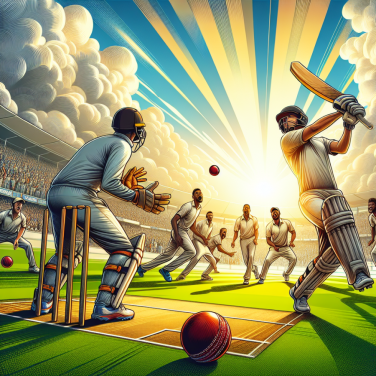A Detailed Breakdown of Which Golf Clubs to Use and When
Golf is a game of precision, strategy, and technique. One of the vital elements of this game is knowing when to use which type of golf club. Different situations on the golf course require a different touch, and this necessitates the right choice of club. Whether you're a seasoned pro or new to the green, this guide will help you understand the best use for each type of golf club.
The first basic grouping of golf clubs is the woods. These clubs, which include the driver and fairway woods, are often used for long-distance shots. The driver is the longest club in the bag and typically used for the tee shot on par-4 and par-5 holes. It's designed to hit the ball the farthest of all clubs. Fairway woods aren't as long but are ideal for shots needing distance and height. They're typically used for long shots from the fairway, and occasionally from the tee box on short par-4 or long par-3s.
The next category is the irons. These clubs are versatile tools designed for a variety of scenarios. Higher-numbered irons like 7, 8, and 9-irons are intended for shorter, more precise shots, often approached to the green or chipping out of shallow rough. Lower numbered irons, like the 3, 4, and 5-irons, are used for longer shots when you want to keep the ball low to avoid hazards like wind or trees. They're generally used on fairways and thick roughs.
Hybrids are clubs that blend the characteristics of both woods and irons, offering a balanced solution for those tricky middle-distance shots. They're designed for higher lofts than woods and lower lofts than irons, making them a popular choice for challenging roughs and long-distance shots that require a bit more precision.
Wedges are specialized irons, designed for close shots where you need high loft and precision. They're perfect for chipping onto the green, pitching from short range, or digging your ball out of a sand bunker. The four main types of wedges are pitching wedges, gap or approach wedges, sand wedges, and lob wedges. Each offers a different degree of loft for varying types of shots within close range.
Perhaps the most iconic club is the putter. This club is used for the final strokes on the green to get the ball into the hole.
Read also:
Boost Your Fitness: The Benefits of Engaging in Sports Activities
Understanding the Importance of Golf Club Selection
Your journey on mastering golf is not only based on improving swing mechanics or refining your putting skills. One essential aspect that often gets overlooked by novice golfers is selecting the right golf clubs. Recognizing the importance of golf club selection can drastically change your game on the greens.
Every type of golf club presents a unique design, specifically created to serve a distinct purpose. Just like a painter wouldn't use the same brush for detailing as for broad strokes, you wouldn't use the same club for every swing. Understanding this concept is vital towards reaching your highest potential on the course.
For you to successfully navigate the greens, you must first understand the structure of your golf bag. The modern golf bag is divided into three categories: woods, irons, and putters. Each category contains clubs designed for specific situations during a game.
Woods are your powerhouses. These long-range clubs include your driver and fairway woods, perfectly engineered for maximum distance. Their name comes from the original material used to make these clubs, but nowadays, they are primarily composed of hollow metal. Woods are predominantly used for tee shots on longer holes, as they provide you with the distance needed to reach the green.
The iron clubs are the next category, designed for precision and versatility. Irons range from 1-iron to 9-iron, with the lower numbers corresponding to less loft and more distance, and the higher numbers delivering more loft but less range. From tight lies on the fairway to tricky spots in deeper roughs, iron clubs provide the necessary control and variety crucial for your intermediate shots.
Last but not least are the putters. With its flat face designed for precision, a putter allows you to roll the ball along the green and into the hole. Although the concept might appear simple, putting comprises a significant part of golf, and learning how to choose a putter that complements your putting style is a game-changer dramatically.
Beyond the staple categories, there are specialty clubs called wedges and hybrids. Wedges, have the highest loft of clubs and are used for short distance shots, to get you out of sand bunkers or to 'chip' onto the green. Hybrids on the other hand capture the best qualities of woods and irons that help in long shots from difficult lies.
Club selection goes beyond just picking a long, middle, or short-range club; it is an art that requires strategic thinking and foresight.




